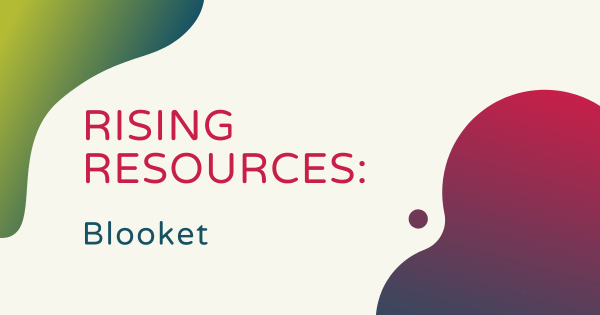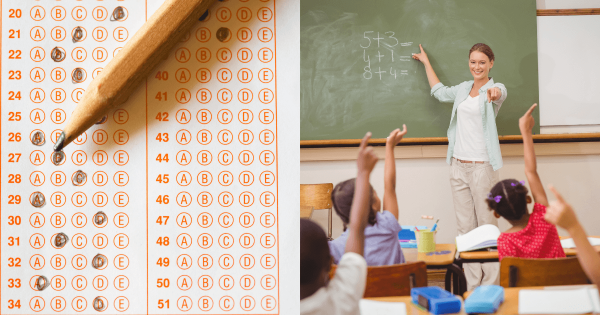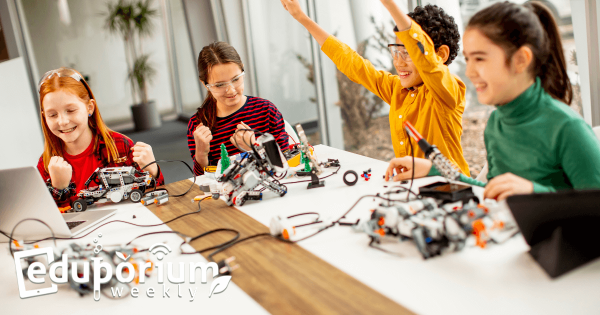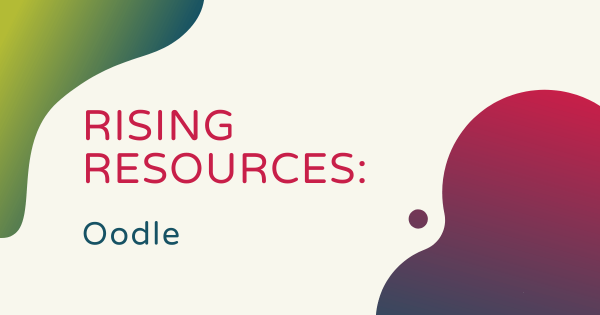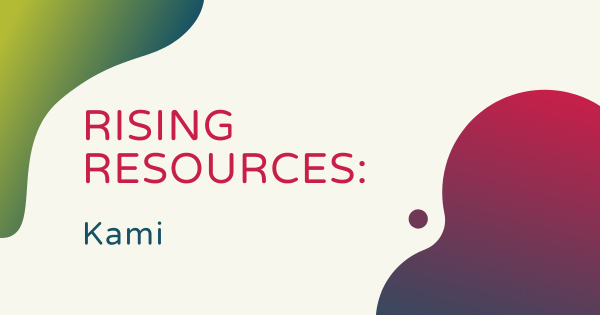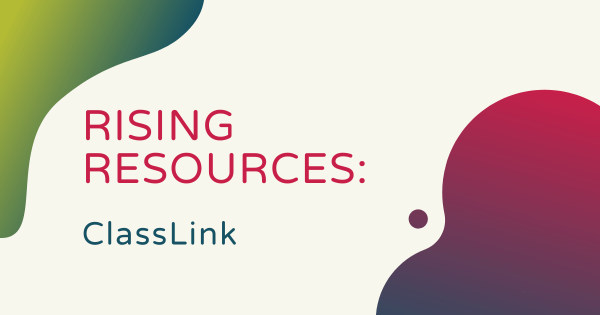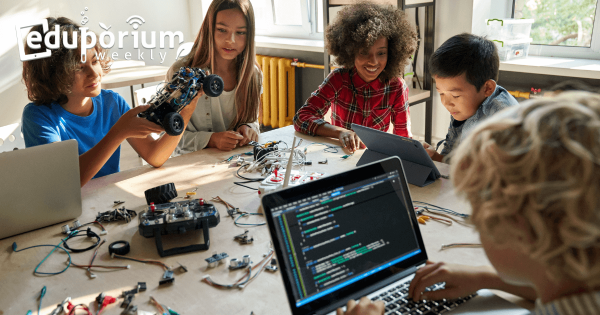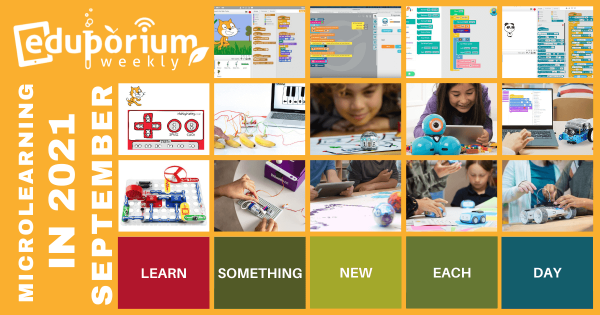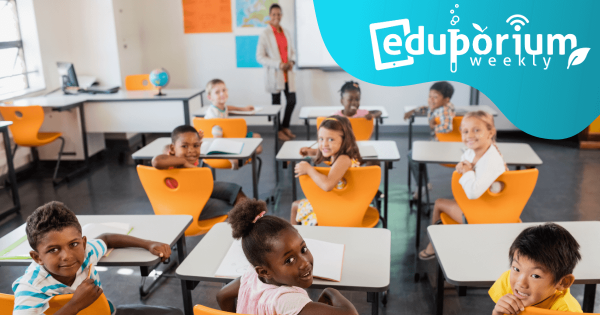With the Blooket online review game, classroom teachers can transform an assessment with simple academic challenges, and help boost retention for students in any educational environment. Blooket also helps enhance their engagement and empowers K-5 instructors to facilitate authentic learning experiences in the classroom. So, this week, we’re telling you all about it.
Classroom
-
Eduporium Weekly | Trying Out A Gradeless Classroom
Every student receives grades and uses them to determine if they did well enough on an assignment, for the quarter, or to move on to the next grade. Of course, this can also create some pressure on students and sometimes lead to shortcomings in their performance. Plus, a letter grade isn’t always indicative of whether or not a student has truly mastered something.
-
Eduporium Weekly | Good STEM Enrichment Activities In Schools
STEM experiences can help children thrive in so many ways and teachers are always finding new ideas for improving them. One of the most popular options, of course, is through enrichment programs. The benefits of STEM learning are great but they’re often capped in the classroom, meaning that more school leaders are encouraging STEM participation outside school.
-
Rising Resources | Using Oodle Like Wordle For Math
If you are familiar with Wordle, the Oodle math game is very similar. Instead of guessing those 5-letter words without much context, however, kids have to build out an equation that’ll work with the answer they were given. So, if the answer to a puzzle is 41, they’d have to figure out all other elements to the equation in six or fewer tries, challenging their brain as they learn math.
-
Rising Resources | The Kami App And Digital Classrooms
With the Kami app, teachers can essentially upload the physical version of any instructional resource, like worksheets or photo copies, onto the Kami platform. From there, they can display it on a whiteboard for all students in their classroom to see or transform these documents into more interactive learning assets with the feedback and annotation tools in the Kami canvas.
-
Rising Resources | ClassLink And Single Sign-On
ClassLink helps classroom instructors and education administrators at any levels remove some of the problematic accessibility barriers their students might experience when searching for high-quality learning resources. Their platform is used in over 2,200 school systems across all 50 states and can help maximize learning time, simplify rostering, and improve digital access.
-
STEAM Activities For Students With Different Learning Styles
Today’s four most common learning styles include visual learning, auditory learning, kinesthetic learning, and, finally, reading and writing. Almost all of our students fall into one of these categories and, as you may guess, since it combines hands-on exploring with solving problems, kinesthetic learning is the one that’s most often associated with hands-on STEM education.
-
Eduporium Weekly | Achieving Equity In Instruction
Ideally, every classroom lesson plan and all learning experiences would be designed to foster greater equity for every student in every school building. The fact is, however, that each student is unique. Some need personalized guidance and others, in the same class, might do better with independent exploration. All, however, need school officials to keep equity in mind.
-
Eduporium Weekly | Using Microlearning in 2021
Microlearning has emerged as a more widely talked about form of instruction. Though previously uncommon in K-12 education, this method has been used in other areas. By definition, microlearning consists of much shorter lessons filled with content that’s straight to the point with teachers working to eliminate any potential ‘filler’ content.
-
Eduporium Weekly | A Return to In-Person Learning
As the school year winds down, many students and teachers are experiencing some firsts. Some have been in the classroom all year, but others are getting their first taste of that return to normal in-person learning. In many cases, this even means students are meeting their teachers and classmates for the first time.




